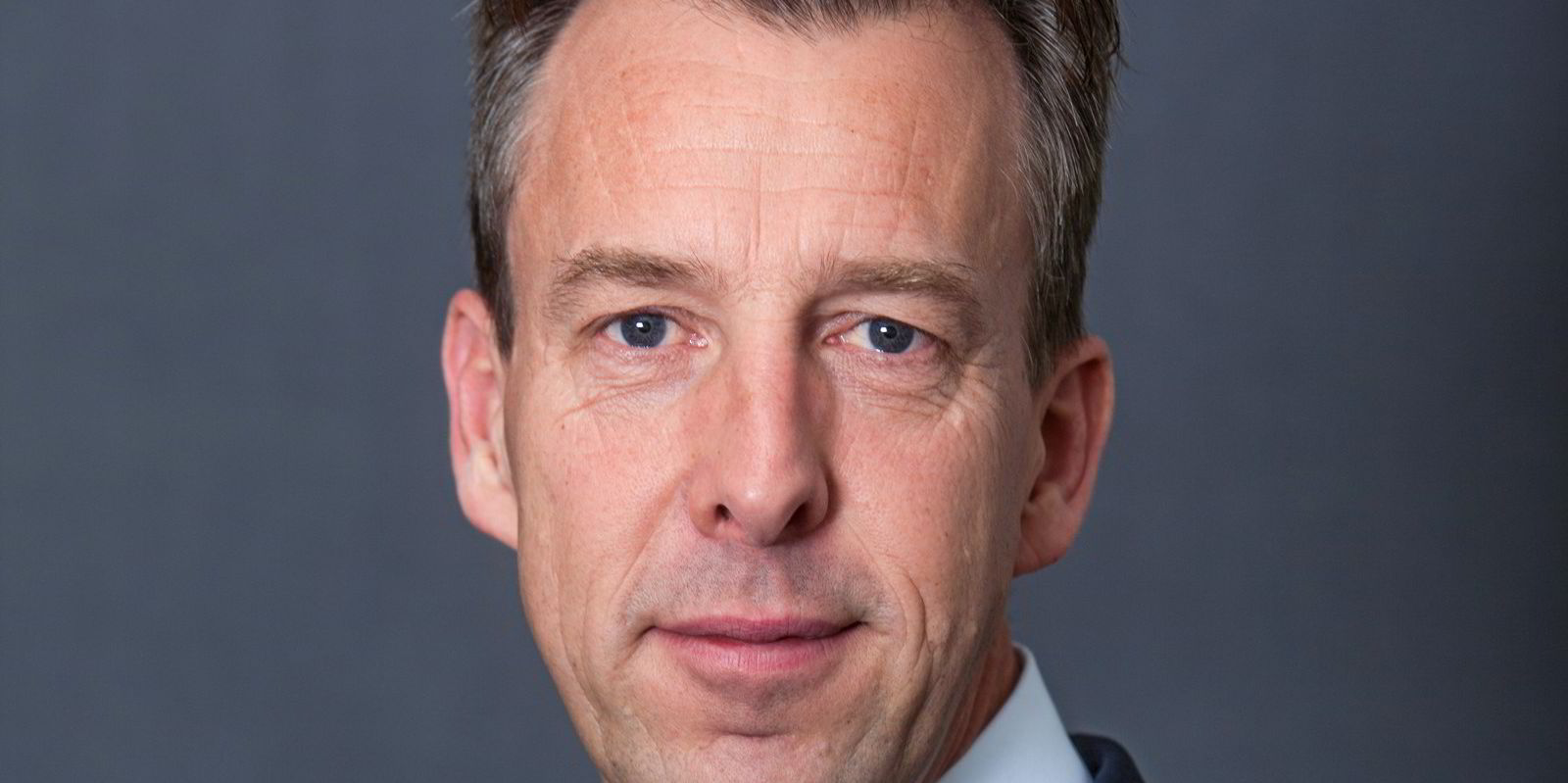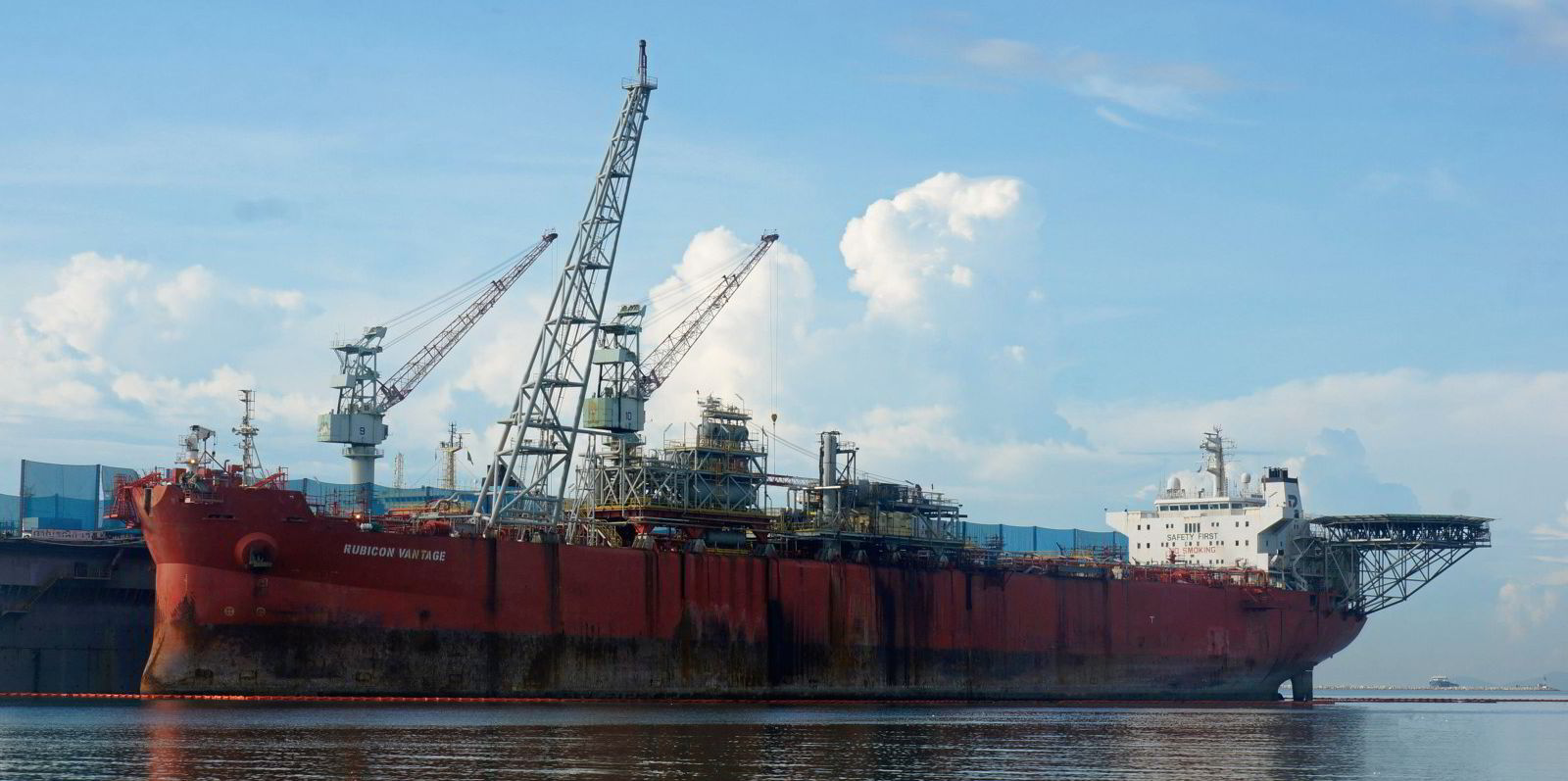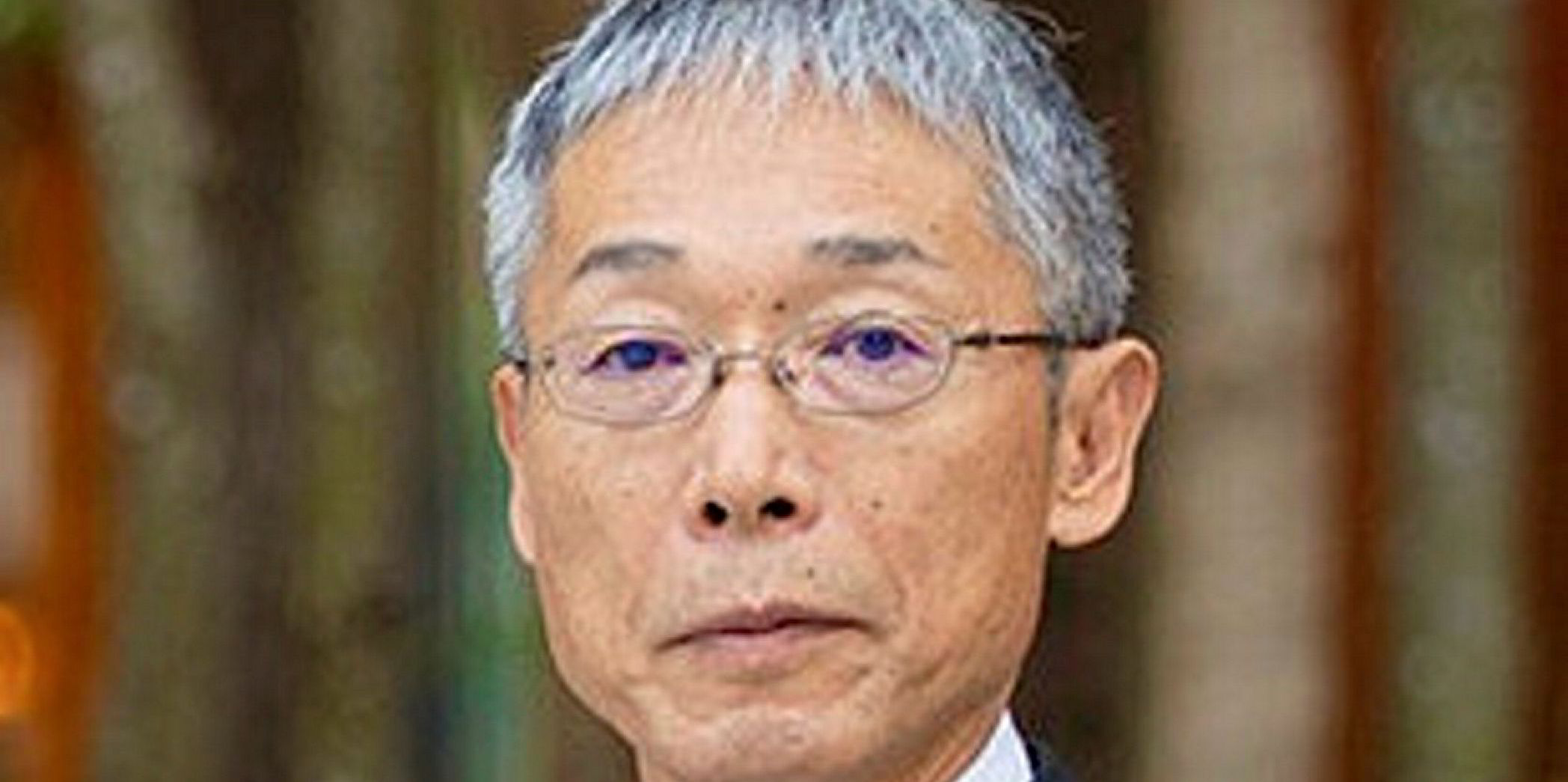Oslo-listed BW Offshore is scrapping the liquidation of a subsidiary that owns a floating storage, production and offloading vessel as the New Zealand government agreed to end the ship's legal limbo.
The Singapore-based BW Group spin-off said last month it was cutting its losses by winding up BW Umuroa, the company that owns the 118,100-dwt Umuroa (built 1981).
The FPSO remains on the Tui oilfield, west of New Zealand's North Island, following the bankruptcy of its charterer, field operator Tamarind Taranaki, in April.
This company was responsible for disconnecting the unit, but was unable to do so, and a series of court decisions barred BW Offshore from paying for the work itself.
Now BW Offshore has revealed the disconnection is expected to be completed before the second half of 2021.
Decision reversed
"As a result, the company has ceased the previously announced voluntary liquidation of BW Umuroa," the company added.
This was not the only problem faced by the owner in the third quarter.
BW Offshore said there had been a collision between its Pemex-chartered FPSO Yuum K'ak 'Naab and a crude tanker off Mexico that took out 59,000 barrels per day of production. There was also a Covid-19 outbreak on the unit in August.
Also in July, Nigerian pirates attacked the FPSO Sendje Berge and kidnapped nine Nigerian workers.
Production from the units was reactivated in end July and mid-October respectively.
Meanwhile, the contract for BW Cidade de Sao Vicente reached the end of its term in the quarter and the FPSO is currently in layup in Brazil.
Profit still on the up
BW Offshore revealed the developments as it reported a third-quarter profit of $14.6m, up from $9.5m in the same period 2019. Revenue sank to $195.1m from $237.7m.
"The financial performance reflects a challenging quarter with reduced commercial uptime due to the events on the FPSOs Sendje Berge and Yuum K'ak' Naab, as well as higher operational costs as we are still managing Covid-19," said chief executive Marco Beenen.
Ebitda decreased to $98.1m, from $116.2m in the second quarter.
Available liquidity was $386.6m and net interest-bearing debt was $976.4m at the end of the quarter. The order backlog was $4.2bn.
"The fleet should continue to generate significant cash flow in the time ahead," the company said.






